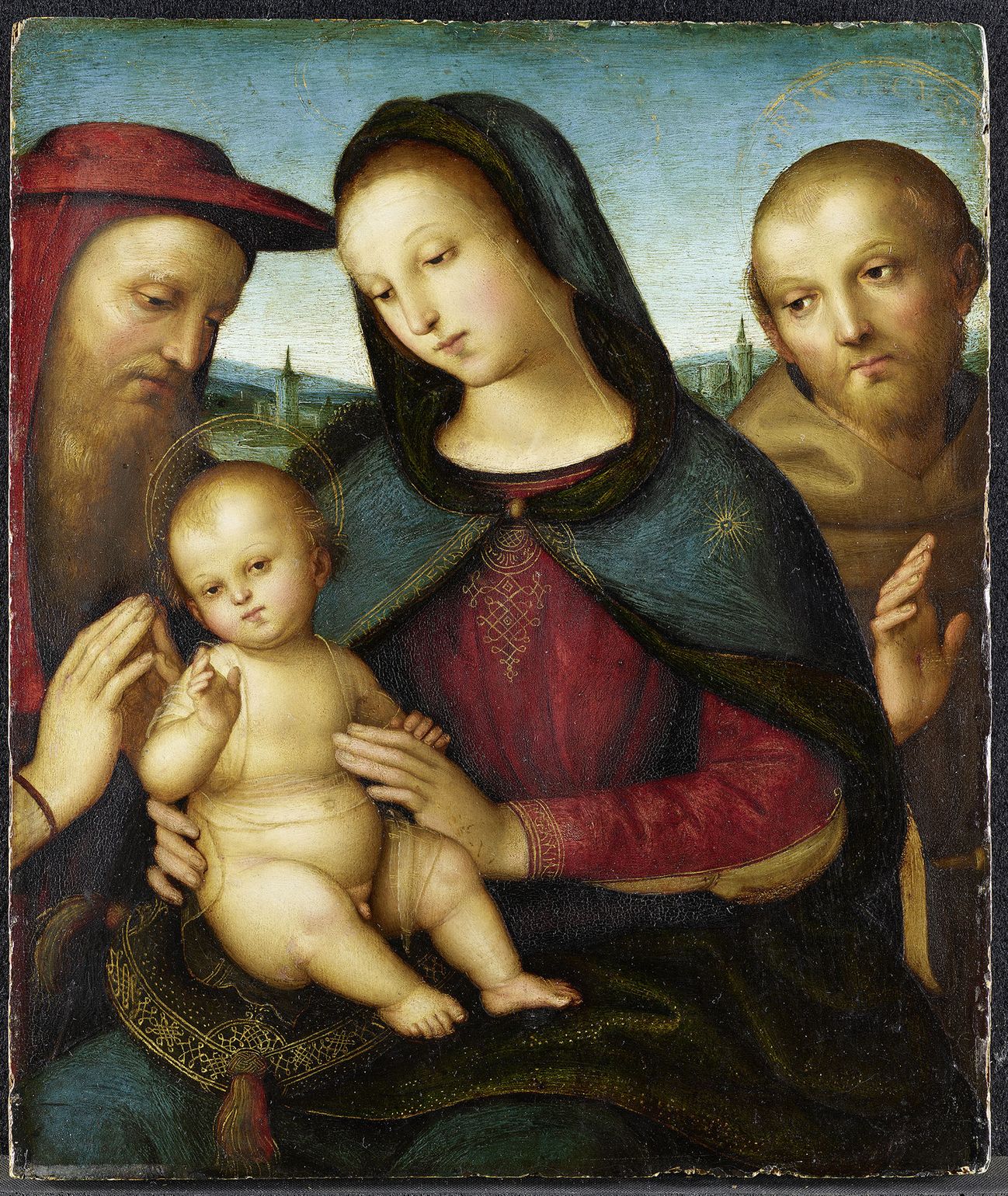A little over twenty years after his death, Einaudi publishes the last book by art historian Ernst Gombrich. The preference for the primitivewhich addresses a common artistic problem that has shaped Western art and culture from Plato to Picasso: the abandonment of the most sophisticated forms of expression in favor of those who are perceived to be older and healthier. primitives.
Picasso at the Trocadero
Gombrich argues that the apparent backward flight in art and in its way of perceiving it instead becomes determinants of artistic development across time and space. Concept that the author explains very well in the paragraph The Discovery of Tribal Art. Historians agree that the first artifacts to attract artists’ interest were ritual masks, such as those from Gabon. The extreme simplification of the forms gave birth to a strong and fascinating expression that could not escape those looking for original effects. A totality of forms was imagined that Western art had not yet sifted through. Their potential for expression was revealed through the use that Picasso made of them in Les Demoiselles d’Avignon. For a while he wanted to escape the seductive environment of the “blue” period, which was still characterized by sentimentality. Street that he finds while visiting the ethnological section of the Trocadero. “I was alone in this museum, among the masks, the Native American dolls, the dusty mannequins. I understood that something was happening to me. Les Demoiselles d’Avignon must have been born to me that day“. A day that lays the foundation for a radical revolt that will profoundly change the perception of art.
From Beato Angelico to Michelangelo
Gombrich does not begin his analysis with an artist or art historian, but with Cicero. Specifically from the titled dialogue brute. It states that the new colors surpass the old ones both in terms of beauty and color variety. But the first ones get tired quickly. The latter, on the other hand, attract us, even if their colors are coarse and outdated. This evolutionary paradigm of Gombrich applies to the fifteenth-century painter Beato Angelico, Botticelli,Perugino who were taken into account primitives compared to the masters who had reached perfection: Leonardo, RaffaelloMichelangelo.
if inside art and illusion After examining the development of styles as an advance in imitation of nature, in the preface to Einaudi’s essay he analyzes an opposite psychological principle: the aversion to that perfection which art seems to strive for. It follows that for Gombrich absolute beauty is not determined by the “aesthetic ideals of the canon and its rules” but by the cadences of real life. Who do not strive for the pinnacles of perfection, which are as flawless as they are illusory.

The spiritualists after Gombrich
In the second half of the 19th century, the primitivists that Gombrich calls emerged spiritualists and sensualists, They choose Beato Angelico and Botticelli as masters of style. In the Venus from the latter one can read a not yet fully manifested sensuality. Compared to Leda Leonardo’s or that Galatea by Raphael Venus looks like “a somewhat awkward virgin type, but alluring precisely because of his apparent innocence.”
In short, a look back at what was in order to move forward. Embracing the primitive to find new solutions. Picasso has already been mentioned. But there are other examples in the book. Entrance, the artist of the odalisques, who deals with the Gothic and with Jan Van Eyck. Gombrich pays attention to Goethe’s reactions as he stands in front of Mantegna’s frescoes in the Eremitani Church in Padua for the first time: “I saw the frescoes by an old master, Mantegna, and was amazed. What succinct, confident authority in these paintings“. An authentic realism that “excludes”Illusions and deception effects” in favor of what is “hard, clear, luminous, conscious, delicate… which at the same time has something rigorous and ruthless about it“. About what “the subsequent painters took the lead, as I could see in Titian’s paintings.”
Not to mention Giotto, undoubtedly the most popular primitive of the 20th century. De Chirico was convinced of it The architectural sense reached high metaphysical spaces. For Lucio Fontana, modern art’s assumptions date back to the 13th century, when the representation of space began. Yves Klein owes his blue, the color of infinity, to the blue sky of the Scrovegni Chapel.
Fausto Politino
Ernst H Gombrich, The preference for the primitive
Einaudi, Turin 2023
P. 380, €35.00
ISBN 9788806257880
www.einaudi.it/